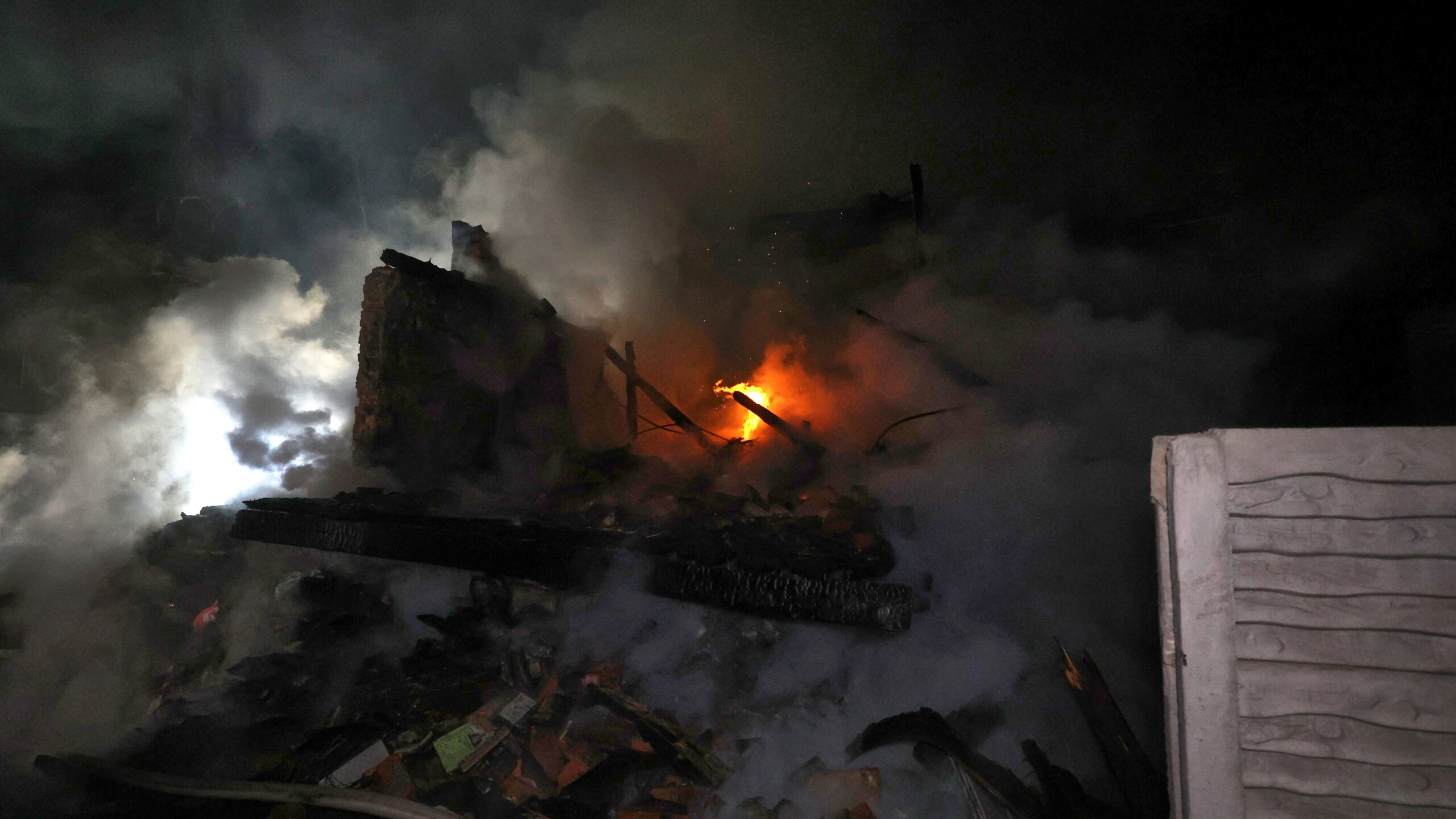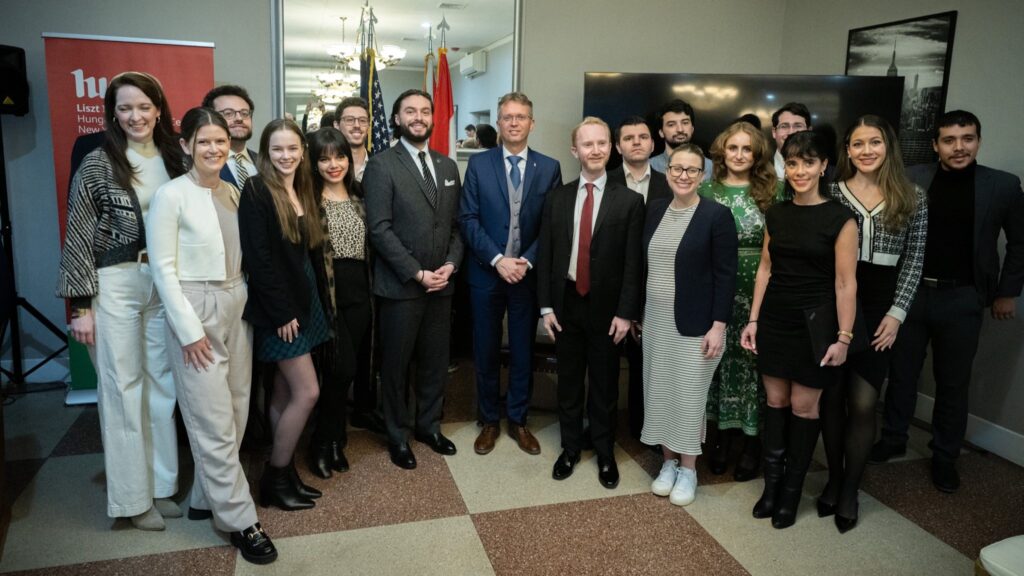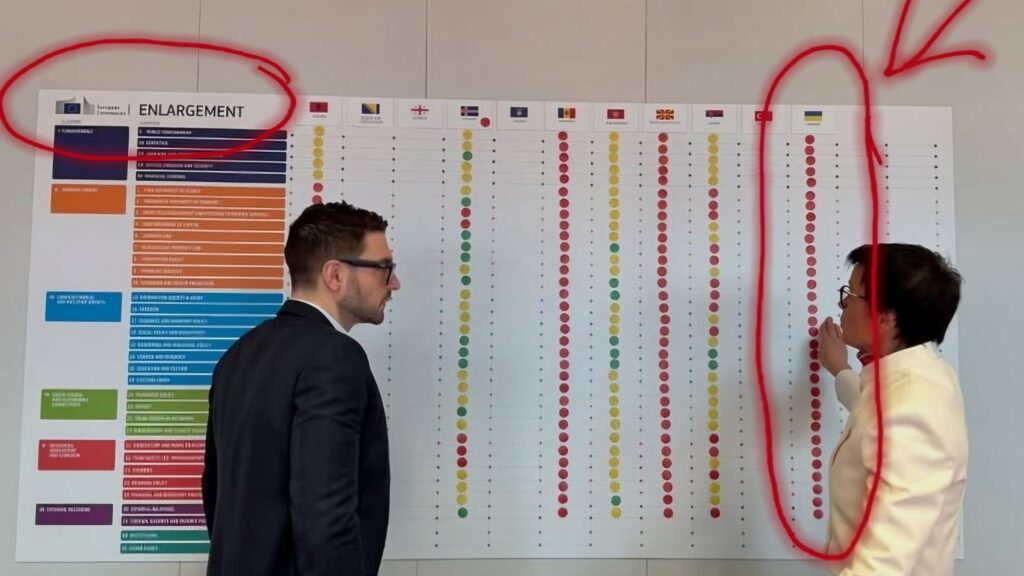Imagine a cavalry officer in 1813 volunteering for a highly dangerous mission, galloping through enemy lines to deliver a critical command that would influence the outcome of the Battle of Leipzig. This officer was Count István Széchenyi, and his heroic ride represents the classical image of warfare: armies of states fighting on open battlefields with direct, bloody confrontations. The reality of that battlefield, however, was far more brutal—the three-day battle saw approximately 500,000 soldiers clash with over 100,000 casualties.
Today, modern warfare presents an entirely different picture. Technology is rapidly revolutionizing warfare, fundamentally changing the circumstances in which conflicts unfold. With modern drones and artificial intelligence, a paradigm shift is taking place that fundamentally rewrites our concepts of war. The battlefield no longer necessarily requires human presence; decisions can be made by algorithms; and strikes can be launched by operators located continents away. The era of self-sacrificing captains is disappearing, if not already gone.
The Unchanging Nature and Evolving Character of War
Throughout history, the fundamental nature of war has remained constant. As Sun Tzu described, war represents a matter of life and death for nations, the foundation of survival or destruction. Clausewitz similarly characterized war as a unity of violent natural instincts, the play of chance, and cold, rational calculation. The nature of war—violence, bloodshed, imposing will upon the defeated, combat cohesion, comradeship within units, pride surrounding a tribe, and the concept of honour—remains unchanging.
‘Artificial intelligence does not change the essence of war…Yet it significantly transforms how wars are conducted’
However, the character of warfare—how wars are fought in terms of strategic environment, technologies, weapons systems, combat creativity, and leadership—changes rapidly. Just as a new clock cannot change the nature of time, artificial intelligence does not change the essence of war, despite enabling combat systems to make decisions and act faster. Yet it significantly transforms how wars are conducted.
A modern military must develop capabilities that align with war’s unchanging nature while remaining agile enough to adapt to its rapidly evolving character. Understanding the changing strategic environment and applying military forces accordingly is fundamental and central to the challenges of future wars. We must keep pace with warfare’s evolution because history’s simple truth is that warfare evolves faster than the warring parties.
Strategic Adaptation and the Danger of Misreading Paradigm Shifts
Nations that commit professionally to understanding the continuously evolving strategic environment will likely shape the structure of future wars successfully, while simultaneously transforming their armies intelligently to strengthen their chances of victory. Strategic decision-makers often make two significant errors: reluctance to embrace new visions and underestimating paradigm shifts in warfare. The French military leadership before World War II serves as an example, as most failed to take Blitzkrieg tactics seriously, underestimated German army strength, or neglected to study armoured warfare doctrine thoroughly, leading to rapid defeat.
The structure of warfare can be easily misinterpreted if we fail to recognize its changing paradigms. Military tools, perspectives, and capabilities that succeed in one warfare paradigm may prove inadequate in another. A paradigm shift occurs when the context, means, or goals of war change to such an extent that previous approaches no longer function effectively, necessitating a new framework of thinking.
The Industrial Warfare Paradigm
In modern warfare, three major paradigms have crystallized: the era of large-scale industrial wars, conflicts fought among populations (asymmetric conflicts), and now we’re witnessing the emergence of a third paradigm—digital warfare.
‘Military tools, perspectives, and capabilities that succeed in one warfare paradigm may prove inadequate in another’
The industrial warfare paradigm emerged with the Industrial Revolution, with the Crimean War as an early example, but fully developed in the 20th century. This culminated in World War I, or the Great War, where Europeans faced unprecedented cruelty combining industrial firepower and logistics with combat spirit and perseverance fuelled by nationalism. In this paradigm, unresolved political differences between opposing countries were transferred to distant military theatres where rival forces clashed. Political or ideological disputes were decided in the military arena, with armies fulfilling political promises. Large-scale interstate industrial war served as the tool for determining winners and losers, where the victor not only won the war but also demonstrated the correctness and strength of their ideology worldwide.
The Population-Centric Conflict Paradigm: Wars among the People
A new paradigm shift began in 1945 with the emergence of nuclear weapons, becoming dominant toward the end of the Cold War when nuclear weapons and the principle of mutually assured destruction made industrial warfare practically impossible. Wars became non-industrial in nature, fought against non-state adversaries. The paradigm shifted from battles between comparable forces on distant battlefields to strategic confrontation between a wide range of fighting parties, with battles taking place on streets, in houses, cities, villages, and fields in close proximity to civilians. Wars were now fought in the presence of civilians, against civilians, and for the protection of civilians. Civilians became targets, assets to be won, and counterforces simultaneously. These conflicts became ‘timeless’ and difficult to temporally delineate, as parties sought to establish strategic balance positions strong enough for negotiations, which they had to maintain for long periods since negotiating final settlements could take years or decades.
Combat activity in these population-centric wars corresponded to a form of armed politics. Even if a weapon or combat effect proved militarily useful, its use had to be restricted because the harmful political side effects far outweighed its military value. In such conflicts—as in Iraq, Afghanistan, Syria, and Libya—fragmented, mutually exclusive military and political aspirations proved counterproductive. While Al-Qaeda and the Taliban could be forced to their knees through military means, when dominant political issues remained unaddressed, problems re-emerged in new forms across time and space, as seen with ISIS and other groups.
The Evolution of Armoured Warfare: A Case Study in Paradigm Shifts
The role of tanks, once the dominant symbol of industrial warfare, has significantly transformed. Modern warfare’s paradigm shift has highlighted certain tactical and technical limitations of armoured systems: their vulnerability to advanced anti-armour weapons, relative mobility difficulties in complex urban and mountainous terrain, and deficiencies in compatibility with networked reconnaissance and command systems. General Rupert Smith pointed to an important turning point in 2005: the last classic tank battle occurred during the 1973 Arab–Israeli War in the Golan Heights and Sinai Desert. Since then, tanks as formation-organized, battle-designed decisive warfare tools have not been deployed.
In post-Cold War conflicts, armoured forces operated effectively only with organically integrated air force and artillery support. In urban areas, their deployment became fragmented, primarily as part of infantry-armour attack operations. The dramatic losses in the 1994 Chechen conflict—when Russians lost 105 out of 120 tanks and infantry fighting vehicles during their advance into Grozny—foreshadowed the vulnerability of tanks in urban environments.
‘When dominant political issues remained unaddressed, problems re-emerged in new forms across time and space’
The Russo–Ukrainian conflict further emphasized the necessity of transforming armoured warfare. Russia initially attempted breakthroughs in traditional, larger armoured formations but suffered severe losses from Ukrainian modern anti-tank weapons and drones. The lack of modern tank protection technologies—fused sensors, anti-drone systems, advanced positioning, and active defence solutions—resulted in critical vulnerability.
Russian military leadership made a dual error: adhering to outdated tank doctrines while failing to organize effective cooperation between troops and branches and coordinated combat activities between service branches. Limited artillery support and lack of air superiority made armoured units particularly vulnerable in urban environments—deficiencies already evident in previous conflicts but whose lessons were not properly learned.
The Digital Warfare Paradigm: Transformation of the Battlefield
In Ukraine, we observe initial signs of a transition to a completely new paradigm: the age of digital wars. The conflict’s complexity shows that while Ukraine possesses extensive digitally supported capabilities effectively applied on the battlefield, Russian forces are also continuously adapting. Although Russia initially relied heavily on large, cumbersome traditional platforms, throughout the war it has gradually combined old and new tactical approaches, possessing advanced cyber operational capabilities while learning from combat experiences, reviving World War II infantry tactics while adapting to the modern battlefield dominated by drones and other digital warfare tools.
A series of small-scale and emerging digital technologies (electronic warfare, microelectronics, drones, precision attack systems, loitering munitions, and high-data-rate Starlink terminals) challenge traditional combat tools. Swarming tactics challenge concentrated force application, observation and precision challenge firepower and manoeuvre, and light and small prevail over large and heavy. Unsurprisingly, the US Marine Corps is also undergoing transformation, abandoning heavy tanks and tube artillery in favour of digitally supported systems like drones, long-range rocket artillery, and sea-strike Tomahawk missiles.
The Multi-Dimensional Battlefield of the Future
In the digital warfare paradigm, we observe an extension of the battlefield: alongside the physical dimension, cyberspace, the electromagnetic spectrum, and the information environment gain increasing importance. In this new paradigm, technological superiority, data processing speed, and network resilience are crucial. The integration of artificial intelligence, advanced sensors, and networked systems enables complex operations previously unimaginable.
The boundaries of conflicts blur in the digital warfare paradigm: instead of a sharp dividing line between peace and war, a ‘gray zone’ emerges where military, political, economic, and information tools are applied jointly. The role of information warfare increases in value, and shaping strategic narratives becomes as important as successes achieved on the physical battlefield.
‘The boundaries of conflicts blur in the digital warfare paradigm: instead of a sharp dividing line between peace and war, a “gray zone” emerges’
This new paradigm redefines the concept of victory: the goal is not necessarily territorial gain or enemy force destruction, but gaining control over digital infrastructure, limiting enemy decision-making capacity, and weakening social cohesion. In the era of digital wars, strategic advantage often comes not from concentrating physical force but from the synergy of decentralized, networked assets.
Understanding this new paradigm of warfare and the ability to adapt to it will be crucial for success in future conflicts. Nations capable of integrating digital technologies into their military doctrines and organizational structures can gain significant advantages on future battlefields. The journey from the bloody fields of Leipzig to AI-guided drone swarms represents not just technological progress but a fundamental transformation of war’s moral, ethical, and legal dimensions, which transforms humans themselves as well.
Related articles:








